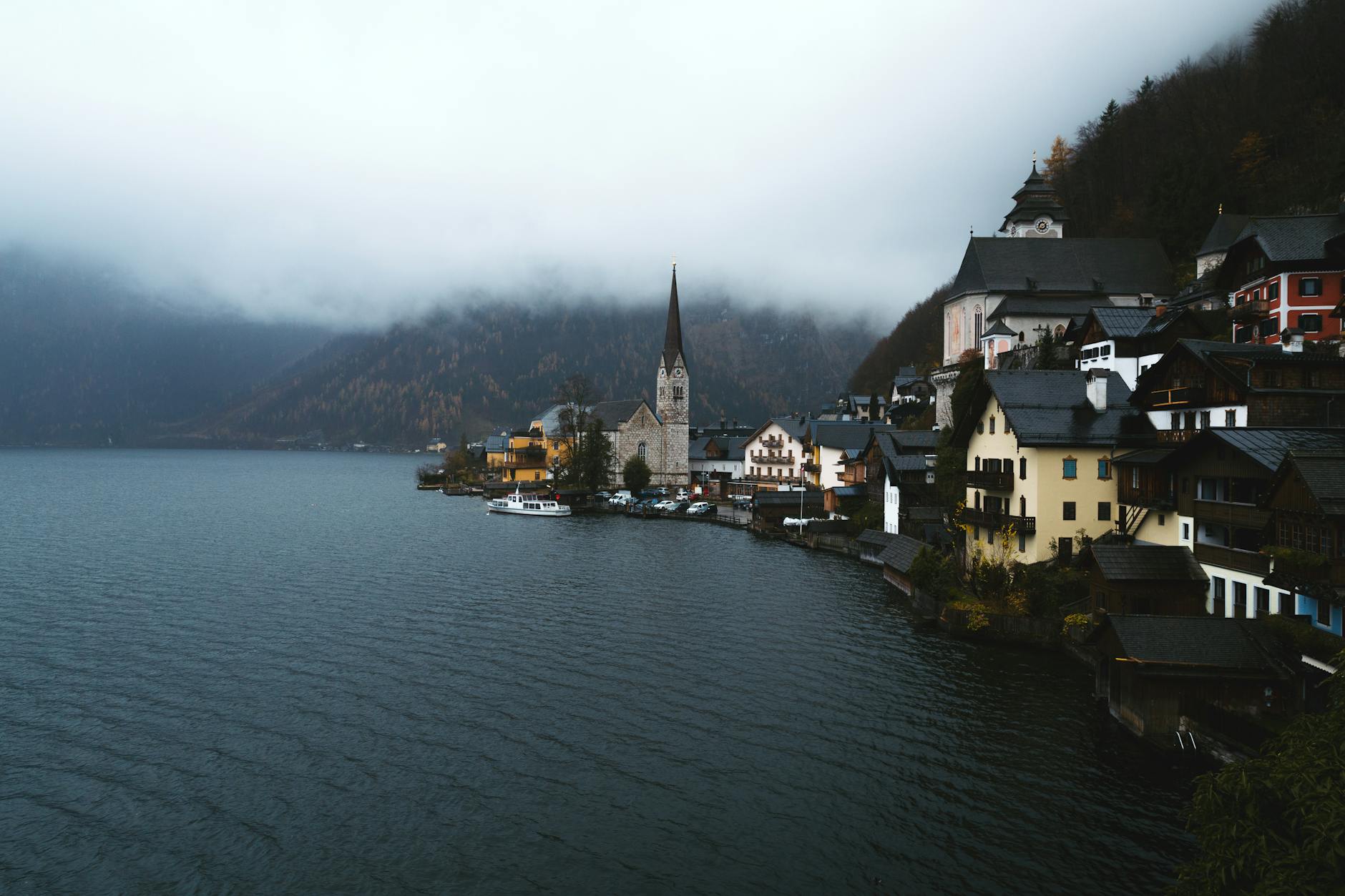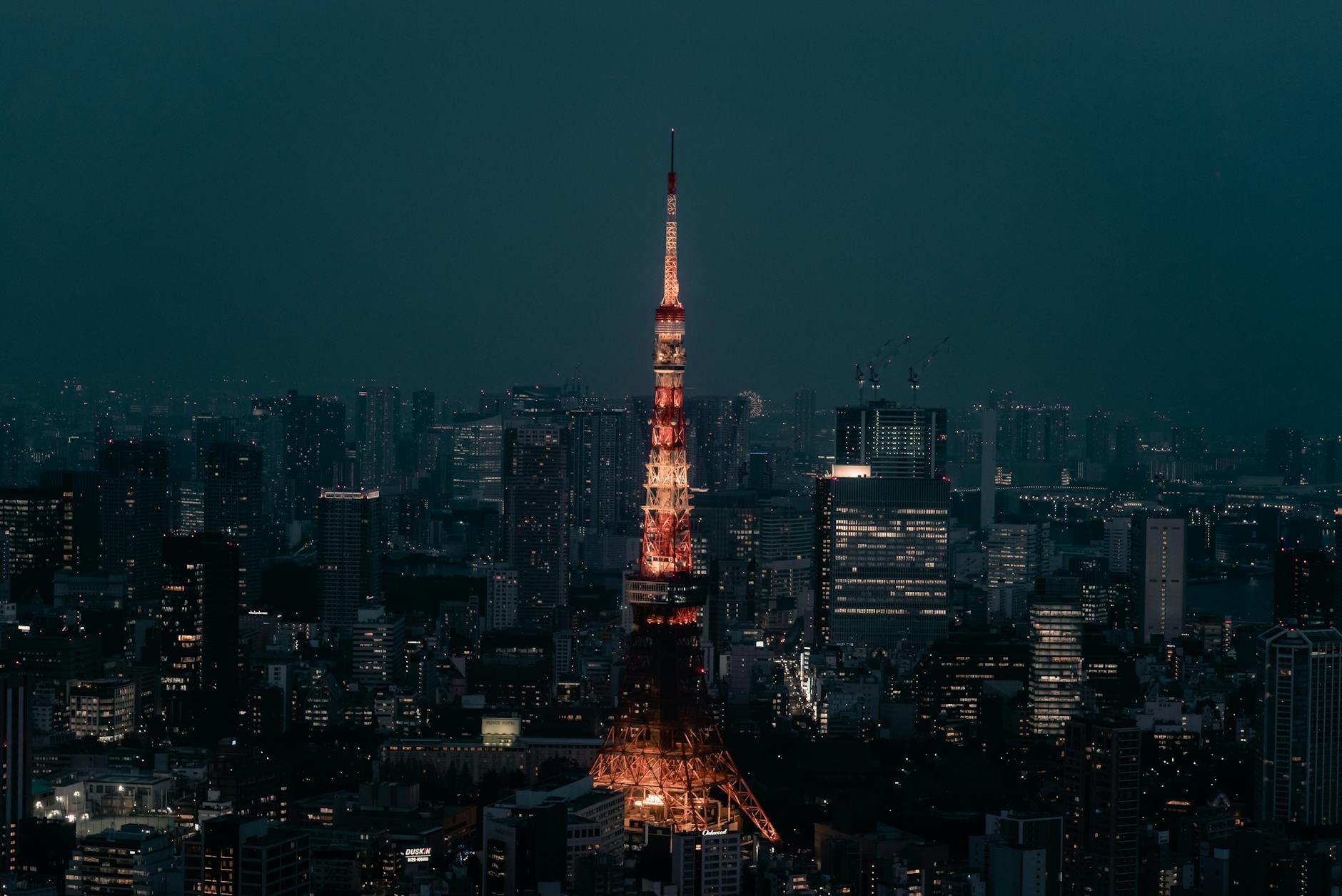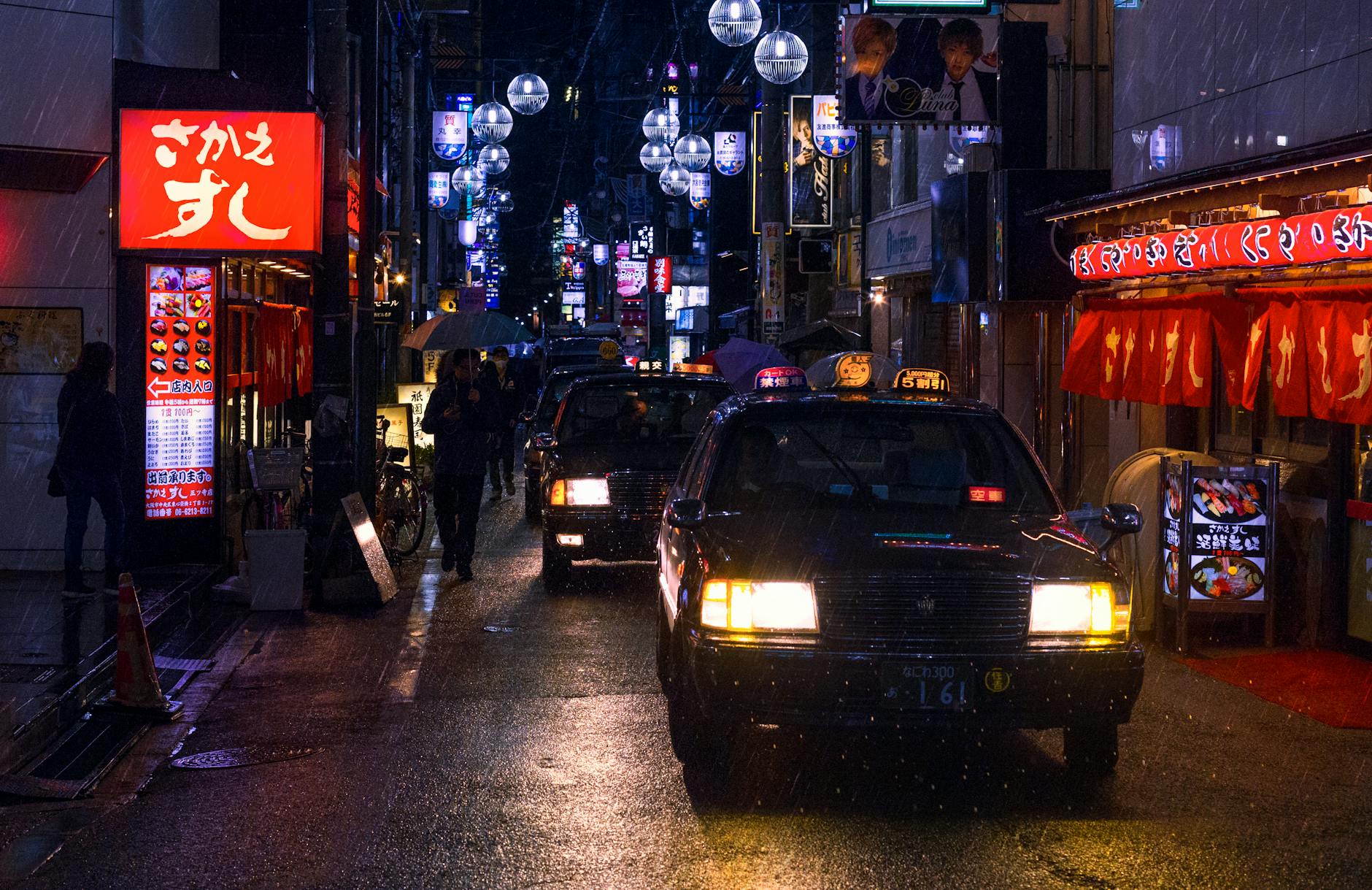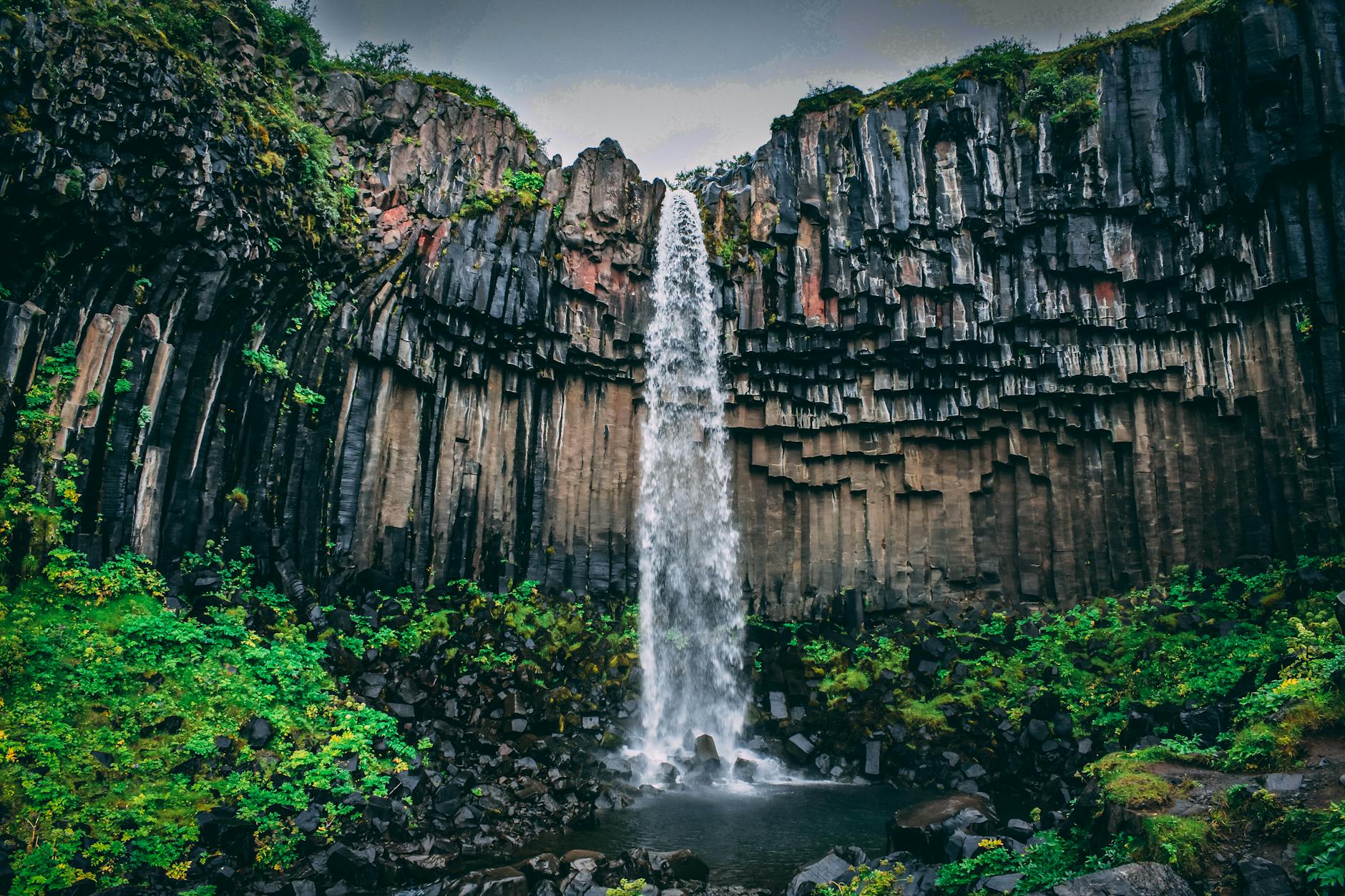Why Australia's Natural Beauty Should Be Your Next Cinematic Inspiration

Discover Australia's Natural Landscapes
The beauty of Australia’s natural landscapes offers a treasure trove of cinematic inspiration. As an artist in Melbourne, I often find myself creatively charged by visits to the iconic Federation Square film exhibitions and the Australian Center for the Moving Image. These landmarks, much like the various ecosystems of Australia, provide essential narratives and visuals for any production enthusiast keen on exploring diversity.
Iconic National Parks
Exploring Australia’s national parks is akin to stepping into a world where nature takes center stage, offering scenes that mirror legendary cinematic works. From the rugged beauty of Kakadu National Park to the ethereal tranquility of Wilsons Promontory, these natural wonders offer endless inspiration. These parks are not only breathtaking but also crucial for preserving the rich biodiversity that filmmakers adore.
Diverse Ecosystems
Australia’s diverse ecosystems present an environmental narrative that rivals the intrigue of a namibia safari. The country's variety, from coastal cliffs in Victoria to the verdant rainforests in Queensland, casts a stunning backdrop for any film project. Such ecosystems offer insights into the resilience and beauty of nature, echoing themes found in a galapagos cruise.
Unique Native Species
The unique fauna of Australia, like the kangaroo or the elusive platypus, adds a fascinating layer to any narrative and visual projects. These creatures provide you with opportunities to craft stories similar to those inspired by gorilla trekking uganda. Embracing the challenge of integrating these unique species into your film can lead to captivating storytelling that awe-inspires audiences, while supporting ecological preservation through your art.
Sustainable Cinematic Locations
Eco-Friendly Film Sites
Imagine crafting a narrative that highlights diverse landscapes and the allure of eco-friendly filming locations. These spots offer not just visual appeal, but also a chance to capture Australia’s environmental richness on camera. The Australian Center for the Moving Image stands as a beacon of inspiration, encouraging filmmakers to consider sustainable practices in their art. Capturing footage in conservation areas often means embracing strategies that minimize ecological impact, ensuring that the beauty you see through the lens endures beyond the shoot.
Conservation Areas for Filming
Choosing to shoot in designated conservation areas ensures a harmonious collaboration between filmmakers and the environment. These areas are revered for their pristine conditions that offer dynamic backdrops while also fostering ecological preservation. As you plan your film, consider how these settings can also serve as storytelling mediums, highlighting themes of sustainability and stewardship. The journey to find these locations is like an expedition, much like exploring african tours that are committed to preserving nature’s splendor.
Community-Driven Projects
Engaging with local communities not only enhances your narrative but also strengthens your film’s connection to the area. These projects encourage you to weave narratives that respect and reflect the cultures and stories of the land, much like the ethos of tailormade africa tours. Collaborating with communities helps filmmakers incorporate authentic voices and indigenous knowledge into their projects. As we focus on delivering narratives with integrity, there is immense creative potential to be found in developing community-informed projects, ensuring that your film resonates with both local and global audiences.
Inspiration from Indigenous Culture
Rich Aboriginal Heritage
Engaging with Australia's rich Aboriginal heritage is akin to stepping into the narrative halls of history, each story a masterpiece waiting to be told. The multitude of languages, songs, and artworks of the Aboriginal peoples together form a cultural tapestry as vibrant and diverse as a tailormade south america adventure. Aboriginal traditions, passed down through generations, offer filmmakers a wealth of inspiration, a frame within which the nuanced beauty of the culture is captured. As you traverse the iconic Federation Square, perhaps you'll draw parallels between its architecture and the organic forms found in nature, a subtle nod to indigenous influence.
Traditional Ecological Knowledge
Traditional Ecological Knowledge (TEK) is essential for appreciating Australia's diverse landscapes. This wisdom provides unique insights into sustainable living and the interconnectedness of the natural world, making it a powerful narrative tool for filmmakers aiming to embed authenticity in their work. Much like crafting an intricate victoria falls safari, incorporating TEK can enhance storytelling by weaving in themes of respect, balance, and environmental stewardship.
Integrating Cultural Elements into Film
Integrating indigenous cultural elements into filmmaking encourages a deeper connection to the land and its people. The Royal Botanic Gardens Melbourne are a living testament to how tradition and nature can harmoniously coexist, inspiring filmmakers to respectfully portray indigenous stories. By using captivating narrative techniques derived from these cultural insights, creators are not just crafting films but building bridges between ancient heritage and modern storytelling, creatively charging every frame with authenticity and respect.
Capturing the Perfect Scene
Seasonal Variations and Effects
When filming in Australia, taking note of seasonal variations can provide a reel of dynamic backgrounds fit for an engaging film masterclass. To truly capture the mood, consider the subtleties of seasonal changes and how they influence the landscape. For instance, the vibrant spring blooms at the Royal Botanic Gardens Melbourne introduce a palette of colors that might inspire rich visual storytelling. Conversely, the winter fog enveloping the scene can add a layer of mystery or introspection to your narrative.
Ideal Filming Techniques
Employing the right filming techniques helps elevate the storytelling of any cinematic project. Consider classic cinematic approaches like transitioning from wide shots that encompass the grandeur of your location to intimate close-ups that convey emotional depth. Opt for natural lighting where possible, allowing the natural landscape to enhance the authenticity of the scene. For a perfectly seamless scene, planning every shot with precision is crucial.
Weather-Ready Shooting
Australian weather can be as unpredictable as it is diverse, and being weather-ready is vital for filmmakers. Carrying versatile gear to adapt to sudden weather changes can save a scene from being compromised. Think about incorporating weather conditions like a sudden rain shower as part of the storyline, transforming challenges into scenes of immersive realism. Whether you're on tanzania tours in the Serengeti or exploring hidden treasures during central america tours, being prepared for all weather conditions ensures your storytelling remains uncompromised under any circumstance.
Remember, like the exhibits at Federation Square, these elements together create scenes that captivate and inform, crafting a narrative that leaves your audience creatively charged.
Filming Challenges and Artistic Balance
Environmental Impact and Filming Guidelines
Filming amidst Australia's breathtaking landscapes conjures the enchantment akin to an elaborate scene-setting at the Federation Square film exhibitions. Yet, with this privilege comes the responsibility of preserving the integrity of these scenic backdrops. The film industry must adhere to environmental guidelines to ensure minimal disruption. One pivotal aspect is managing environmental impact while filming. The allure of untouched vistas calls for diligence, ensuring no footprint mars the story being told through the lens.
Navigating Remote Cinematic Landscapes
Venturing into Australia's vast wilderness to capture ethereal settings mirrors the immersive exhibitions at the Australian Center for the Moving Image. Accessing these remote locales often presents logistical feats. Filmmakers must deftly coordinate transportation and resources, ensuring safety without jeopardizing the crew's vision. The remoteness adds a layer of narrative intrigue, akin to a subplot that challenges the protagonist's resolve.
Artistic Integrity and Conservation Harmony
A delicate dance exists between artistic expression and conservation, reflecting a scene where brushstrokes merge on a canvas, creating a symphony of color and meaning. As creators, we must balance conservation with creativity, ensuring our art does not overshadow the sanctity of the land. Drawing inspiration from the Royal Botanic Gardens Melbourne serves as a reminder: creativity blooms best when coexisting harmoniously with nature.
Ultimately, navigating these challenges transforms the filmmaking journey into a breathtaking narrative, rich with depth and texture, leaving creators and audiences creatively charged for their next adventure.


